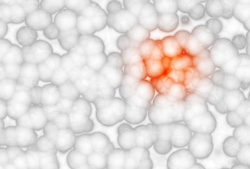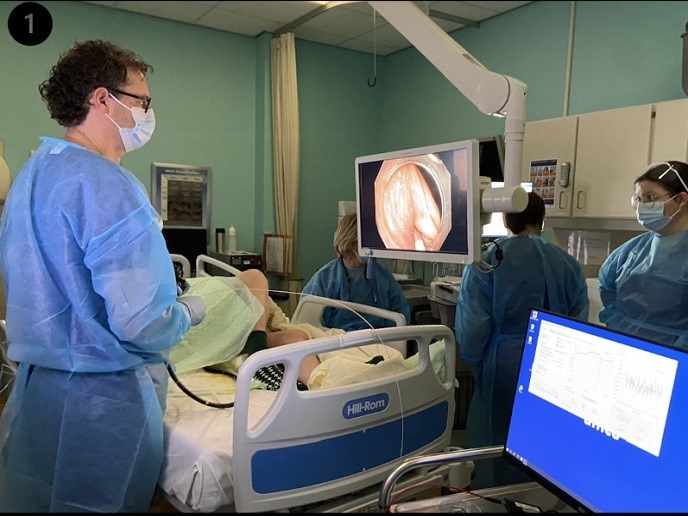Deregulation of protein translation links with cancer
When protein is translated at the ribosome, the process normally starts from the 5' cap of the mRNA and works towards the 3' end (cap-dependent initiation). Interest has focused on another molecular mechanism of translation – internal ribosome entry site (IRES). Oddly, some messages that are normally capped rely on IRES, such as growth and apoptosis. Deregulation of initiation of translation in the middle of the mRNA sequence has been implicated as the starting development point of many tumours. Aiming to shed light on this largely unexplored molecular mechanism of protein transcription, the EU-funded 'Mechanism of cellular Ireses translation' (Cellular Ireses) project used the proto-oncogene c-myc as a model. This regulator gene is required for cell proliferation and apoptosis and myc mRNA contains an IRES that allows translation when 5' cap-dependent translation is inhibited. Interestingly, c-myc is upregulated in many cancers. The project team aimed to identify the role of the 3' poly(A) tail as well as the possible involvement of a set of IRES activity regulatory factors that do not require the poly(A) tail partner, poly(A)-binding protein (PABP), a protein thought to stimulate translation. Cellular Ireses used state-of-the-art proteomics combined with bioinformatics, biochemical tools and mass spectrometry to unravel the molecular elements involved in cellular IRES function. As the model was designed to be PABP independent, cap-mediated translation was impaired leaving intact the c-myc IRES translation. When a double depleted model had lost both means of protein translation, the activity of poly(A) enhancer factors could be traced. This ingenious assay has identified metabolic enzymes involved in glycolysis pathways as well as specific cellular IRES-driven translation factors. For validation of the candidate molecules, an in vitro translation assay was designed for screening. Details of the method have been published in the Nature Protocols journal. Combination of the screening plus the range of assays used narrowed the selection down to one candidate factor which, as expected, binds to poly(A). Future research efforts will focus on the continuation of validation of regulators and are anticipated to shed more light on the details of translation control. Gene regulation is just one small piece in the complex puzzle of protein translation. Project results have wide implications for healthcare in disregulation and resulting cancer.







